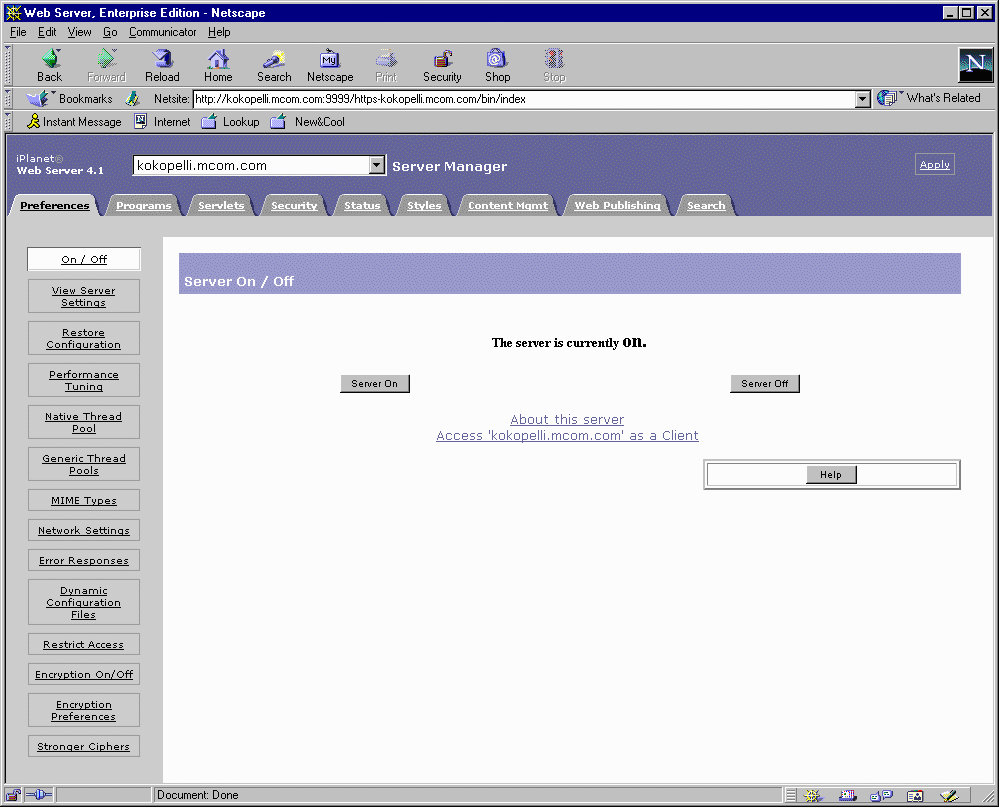

Furthermore, the receiver verifies it on his device by using sender’s public key. The sender signs the message locally on his/her device (using sender’s private key). Your private key is kept private.ĭigital signatures and end-to-end email encryption:Ī digital signature only requires the sender (the signer) to have cryptographic keys (a private key and a public key). A digital id or digital certificate consists of a public and private key. In order to encrypt, you must have previously received a signed message from that user, such that Zimbra has stored the public S/MIME certificate for that other user. When encrypting, you use their public key to write a message and they use their private key to read it. When signing, you use your private key to write message's signature, and they use your public key to check if it's really yours.Įncrypt: encrypt the composed message for one or more recipients. Sign: Digitally validate that you are the sender of a message. To be more specific, it uses asymmetric cryptography to protect emails from being read by a third party. It references a type of public encryption and signing of MIME data (email messages) to verify a sender’s identity.Įnsure to the email recipients that the sender actually sent the email.Īllows the possibility of sending and/or receiving email encrypted.Īs mentioned above, S/MIME is a type of “end-to-end” encryption solution used for email messages. S/MIME is an acronym for Secure/Multipurpose Internet Mail Extensions. This is certified documentation and is protected for editing by Zimbra Employees & Moderators only.


 0 kommentar(er)
0 kommentar(er)
